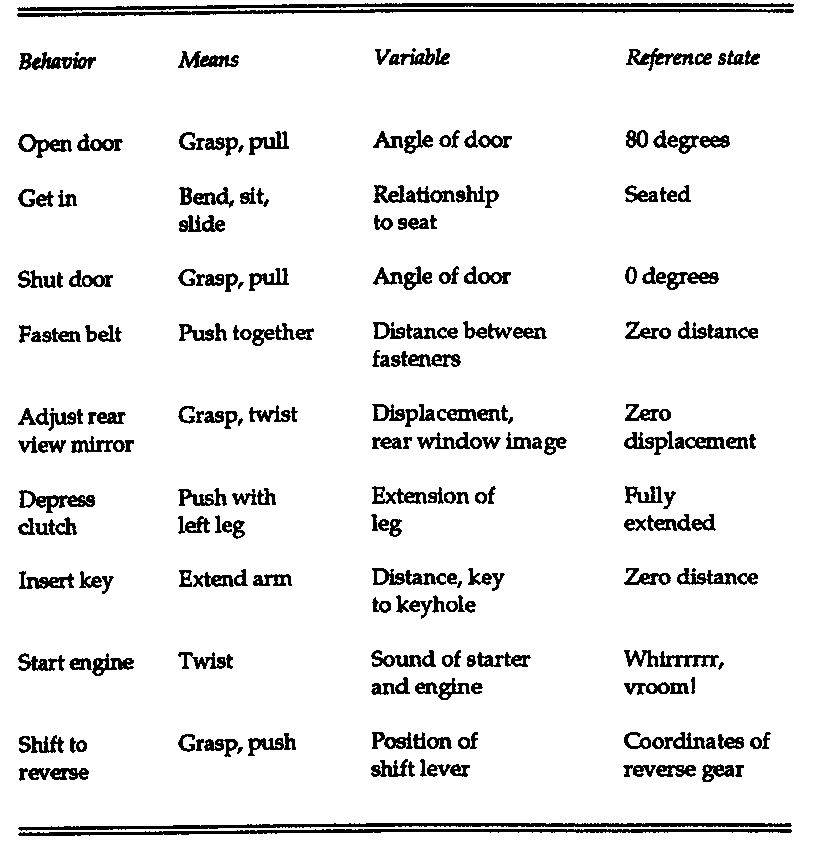In 1979 Powers described his view of what a research program based on PCT – based, that is, on an understanding of organisms as living control systems (Powers, W. T. (1979) A cybernetic model for research in human development. In M. Ozer (Ed) A cybernetic approach to the assessment of children: Toward a more humane use of human beings , New York: Routledge, pp 11-66.). This paper is reprinted in Powers’ 1989 collection of papers entitled Living Control Systems: Selected Papers of William T. Powers, CSG publishing. Powers’ vision of a research program based on PCT is described on pp. 215- 218.
In that paper Powers gives a rather high level description of a PCT research program. Of course, it involves testing for controlled variables. But it also involves collecting many examples of controlled variables and then classifying them by type. Powers doesn’t say much about how to go about carrying out this “classification” phase of the research program. But he does say this:
This phase will call for new kinds of data gathering, aimed at sharpening methods for distinguishing levels of organization, or for otherwise mapping relationships among control activities. There will be plenty of room for ingenuity.
This classification phase of PCT research can’t even begin until there is a “…sufficient amount of information available in terms of variables proven to be controllable by human beings” (Powers wrote these words in this paper which was devoted to ideas about how to study human development). I have done some research that involves testing for controlled variables. So I have been involved in collecting information about the variables proven to be controllable by human beings. But I don’t think we yet have anything close to a sufficient amount of information about these. Nevertheless, I would like to start thinking about how to go about classifying controlled variables by type once we do have a sufficient amount of information about them.
So I’m posting this to see if I can get those of you who are interested in doing PCT-based research to think about this with me. To start this discussion I suggest you read Powers 1979 paper in Living Control Systems, with an emphasis on the last part of that paper describing the research program, and then post any ideas you might have about 1) what kind of information we need to collect about the variables that are controllable by humans 2) what would constitute a sufficient amount of information about those variables and/or 3) how to go about classifying these variables once we have a database containing a sufficient number of them.
No rush. It’s already been 40 years since Powers described his vision of a PCT research program. But I think we’ve had enough time to put off thinking about it and conventional psychologists have had enough time to ignore it. I think it’s time to just go ahead and try to build a PCT research program. And, perhaps, if we build it, they will come.
